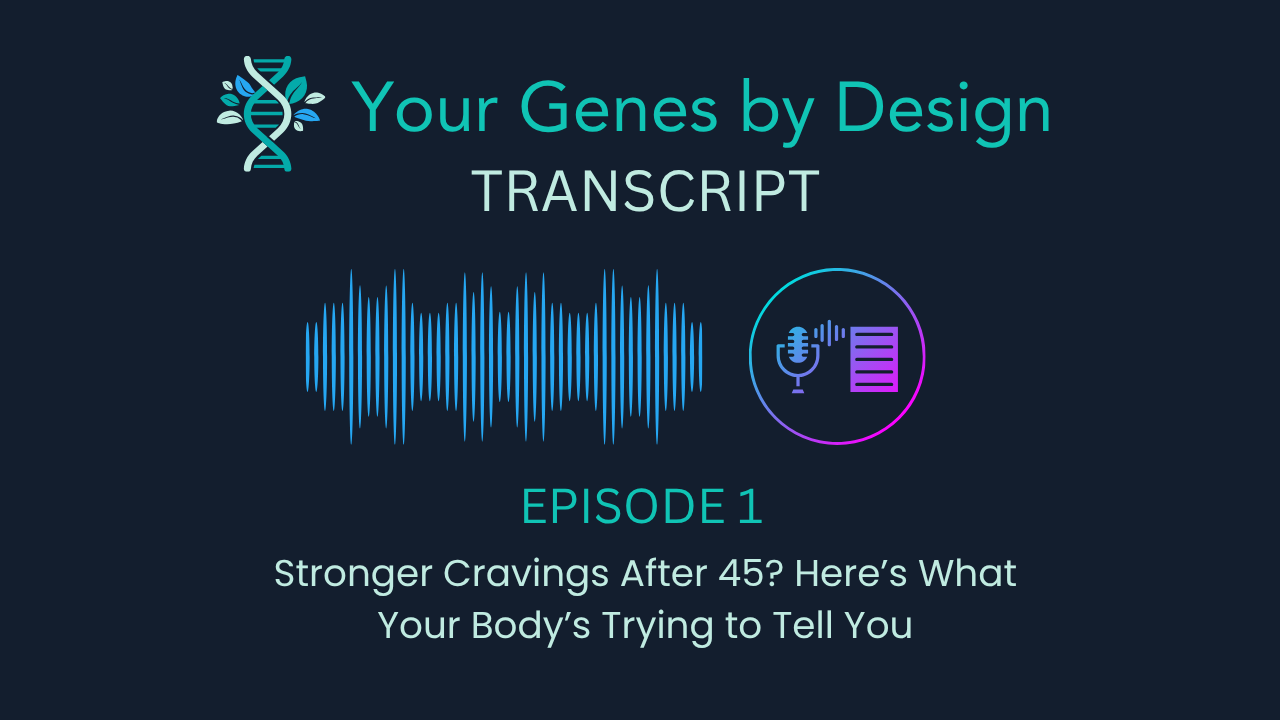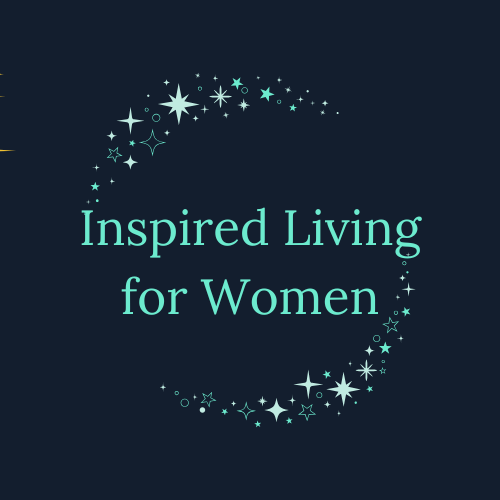
[00:32] Intro (host)
Welcome. Thanks for joining me today. I’m your host, Lauri Wakefield. In this episode, we’re going to look at why cravings often feel stronger after the age of 45. For many women, cravings seem to get stronger when they hit their mid-40s. They’re more persistent and harder to ignore. It’s not always about sugar. Sometimes it’s a salty or crunchy snack at the end of the day or even in the middle of the night. And it’s easy to wonder if you’ve lost your willpower or if something inside of you has changed. Especially if you’ve always been pretty good about saying no to the extra snacks your body doesn’t really need. The truth is, it’s usually both. Your biology has shifted and your habits have adapted around it.
[01:26] Biology & insulin sensitivity
Let’s start with what’s happening behind the scenes. Cravings after 45 often connect to how your body manages glucose and insulin. Estrogen and cortisol both influence insulin sensitivity, which is how well your cells take in and use glucose for energy. When estrogen begins to decline and cortisol becomes less predictable, your cells don’t respond to insulin the same way. That means glucose spikes higher, crashes faster, and your brain gets the message to find something to eat. Right now, it’s not a weakness, it’s physiology doing its job to keep you balanced.
[01:55] Genes that tilt tendencies
But there’s another layer that helps explain why some women feel cravings more strongly than others. And it has to do with your genes. It’s true. There are certain genes that influence how your brain and body respond to food cues. For example, variants in genes like FTO and MC4R can affect hunger and fullness signals. While these genes, D-R-D-2, D-R-D-4 and C-O-M-T, which is often referred to as COMT, can shape how rewarding certain foods feel, especially sugar and refined carbs. These genes don’t cause cravings, but they help explain why some women are more sensitive to them and why two people can eat the same meal and feel completely different afterward.
[03:00] Reward loop
So while hormones and glucose shifts create the conditions for stronger cravings, genetics and long held habits determine how loud those cravings feel and how easily the loop repeats itself. So even when your blood sugar is steady, the pattern can still drive the craving. You’re not imagining it. Your brain literally anticipates the reward before you eat it. And this creates a reinforcement loop, which works like this. It starts with a trigger like fatigue, stress, boredom, or a natural glucose dip. Then your brain receives a cue that reminds you of what seemed to work for you before to satisfy the craving. So you reward yourself by eating the thing you were craving and get a dopamine hit. It seems to make you feel better, at least temporarily. And then you keep repeating the cycle because your brain learns what seemed to work so you can. So you do it again next time. Which is why even when you know you’re not hungry, the craving still feels real. You’ve trained a loop, which wasn’t intentionally, but if it’s done consistently, it becomes a habit.
[03:40] What helps (4 steps)
So what helps break the cycle? Well, unfortunately, you can’t overpower your biology with willpower, but you can reshape the pattern. You can start by doing these things. Number one, stabilize the foundation. Eating protein and healthy fats earlier in the day can help flatten the glucose curve so your cravings have less fuel. Number two, you can interrupt the routine. Change one small thing, like where you sit, what you reach for, or what you do in that craving window. Even standing up and drinking a glass of water gives your brain a new cue. Number three, identify what the craving is asking for. Sometimes it’s energy, sometimes it’s calm. Sometimes it’s just a break. Meeting the need directly with rest, movement or connection weakens the old pattern. Number four, reduce the trigger load, support steady sleep, stress management and hydration. They all reduce the internal push behind cravings.
[04:35] Takeaway
So here’s the takeaway for this episode. Cravings after 45 are rarely just about one thing. They’re biology, habit and emotion all working together. A mix of shifting hormones, blood sugar signals and years of learned comfort habits. You don’t have to eliminate them to feel in control. You just have to understand what they’re asking for and respond in a way that supports your body instead of feeding an unhealthy loop. So the next time a craving hits, pause before judging it. Ask yourself what your body is asking for. Is it fuel, calm or comfort? That one question can change how you respond. And over time, it changes the loop itself.
So that’s going to wrap things up for this episode. Thanks so much for joining me today. If you’d like to join me as I continue exploring how your genes are shape, the way your body works and how to work with them after 45, please be sure to subscribe to the Your Genes By Design podcast. Thanks again and have a great day.
